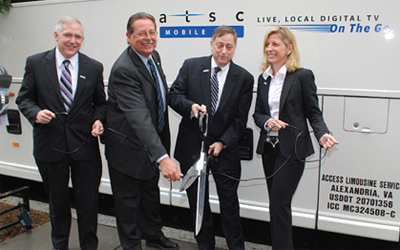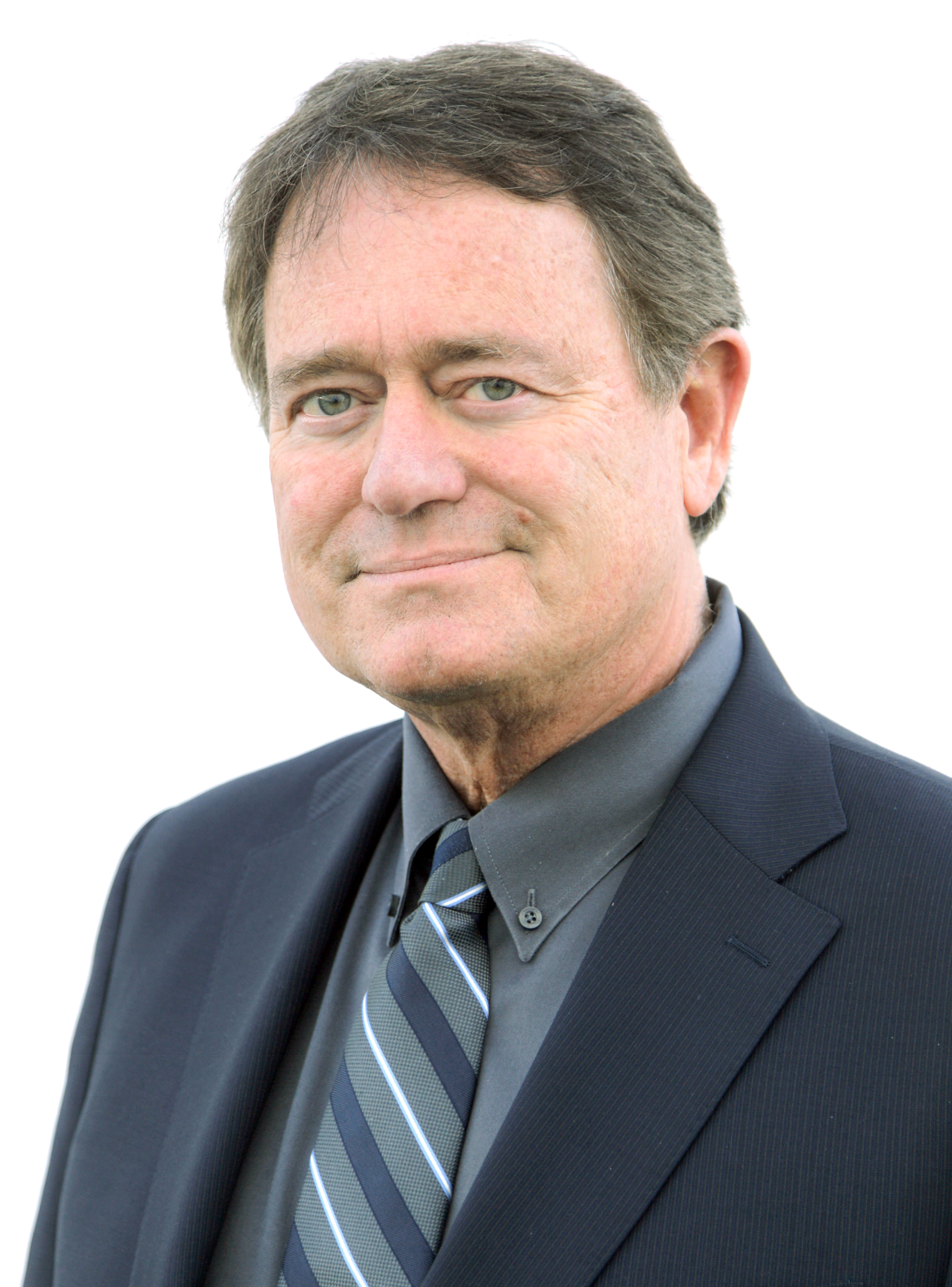ATSC Looks to Future With Mobile DTV

The landmark ATSC Mobile DTV Standard has been completed. Following a final vote of approval from the ATSC membership on October 15, the long process to develop a comprehensive standard to address the need for a mobile digital television service has reached completion. As broadcasters announce plans to roll-out this new technology, the ATSC has launched new work designed to extend and support the ATSC Mobile DTV Standard.
ABOUT ATSC MOBILE DTV
ATSC Mobile DTV is built around a highly robust transmission system based on vestigial sideband (VSB) modulation coupled with a flexible and extensible IP-based transport system, efficient MPEG AVC (ISO/IEC 14496-10 or ITU H.264) video, and HE AAC v2 audio (ISO/IEC 14496-3) coding. The new services are carried in digital broadcast channels along with current DTV services without any adverse impact on legacy receiving equipment.
In addition to live television, the ATSC Mobile DTV system provides a flexible Application Framework to enable new receiver capabilities. Receivers that make use of an optional Internet connection will enable new interactive television services, ranging from simple audience voting to the integration of Internet-based applications and transactions with television content.

L-R: NAB’s Lynn Claudy, Sinclair Broadcasting’s Mark Aitken, ATSC’s Mark Richer and OMVC’s Anne Schelle ‘cut the cord’ after approval of the ATSC Mobile DTV Standard.A SCALABLE FULL-CHANNEL OPTION
Looking forward to new applications and services beyond traditional television broadcasting, work has begun on an extension of the ATSC Mobile DTV system that enables use of the full-channel bandwidth for mobile services. This new project was approved by the ATSC Board of Directors in June and assigned to TSG/S4.
The work is intended to add increased capacity in a scalable manner up to complete channel bandwidth usage. The Scalable Full-Channel Mobile Mode (SFCMM) technology will provide additional operational options for use of A/153. The existing A/153 (Core Mobile Mode, or CMM) requires a minimum of 4.7 Mbps to be transmitted as conventional 8-VSB. SFCMM, on the other hand, could scale capacity up to the total available from the channel.
Requirements and compatibility with existing devices and systems include the following:
- • The emitted SFCMM signal must be compatible with the A/153 (CMM) emitted signal so as to allow receivers designed for SFCMM reception to be able to also receive A/153 (CMM) signals.
- • A CMM-compatible portion of the emitted signal from a SFCMM system must be capable of being received and decoded on a CMM receiver.
- • Like the current A/153 (CMM), emission of the SFCMM must not have any adverse impact on existing and future receivers deployed to receive ATSC A/53 DTV.
Work on the scalable full-channel system is underway in a new subgroup of TSG/S4, known as S4-5. This group is led by Jordan Cookman of Microtune. The first step in this process was to develop a Request for Proposals (RFP), which was issued on October 7.
TRANSMISSION INFRASTRUCTURE
In an effort to address certain infrastructure issues relating to ATSC Mobile DTV implementation, the ATSC has formed a Specialist Group on Transmission Infrastructure (TSG/S5), led by Art Allison of NAB. TSG/S5 is working to develop a broadcast station infrastructure communications standard, and related informational documents (as needed). The work will be coordinated with SMPTE whenever the possibility of overlapping responsibilities warrants such liaison.
Current efforts are focused on developing appropriate documentation to facilitate transport of standardized ATSC Mobile DTV data and metadata across various studio-to-transmitter links (STL). Because of the pending roll-out of ATSC Mobile DTV services, this program is on a fast-track to completion.
MOBILE DTV RECOMMENDED PRACTICE
ATSC recognized early on in the development of the ATSC Mobile DTV Standard that implementation guidelines would be beneficial to broadcasters and equipment suppliers. TSG/S4 and its subgroups are working to develop a Recommended Practice on ATSC Mobile DTV. This document is being written by the same experts that developed the standard itself.
Although no firm timeline for completion of the RP has been set, work is expected to stretch into next year as implementation experience is gained from stations placing ATSC Mobile DTV systems on the air.
Work within ATSC is open to all organizations with a direct and material interest. If you would like to be involved in this ongoing work, please contact the author. The ATSC Mobile DTV Standard document set will be available shortly from the Standards Page on the ATSC Web site: www.atsc.org.
Jerry Whitaker is vice president of standards development for the ATSC. You can reach him via TV Technology.
Get the TV Tech Newsletter
The professional video industry's #1 source for news, trends and product and tech information. Sign up below.

